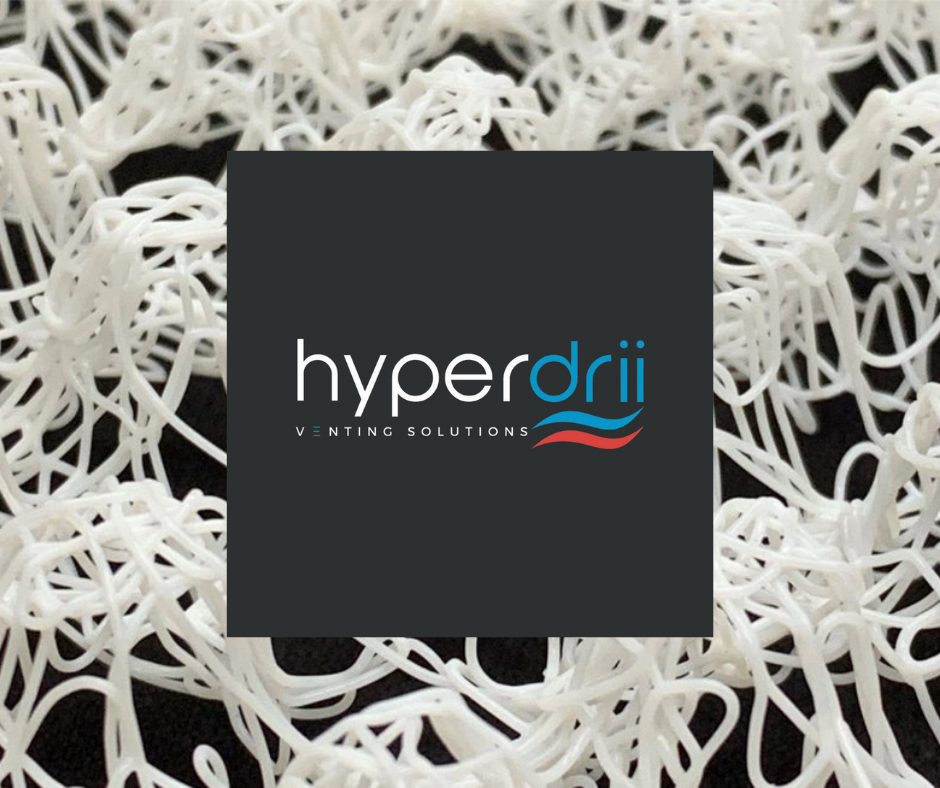What can I put under my mattress to prevent mould?
What can I put under my mattress to prevent mould?
One common problem that outdoor enthusiasts constantly have to contend with is damp and humid conditions in tents, RV's cabins and boats. Keeping things safe from the effects of dampness, that can mould or mildew is one that isn't as simple as it sounds to correct. Smelling mildew or finding mould in your RV, boat or cabin is a sure sign that there is a moisture issue.
How to Prevent Mould and Mildew
Why does mould grow under RV or boat cushions and mattresses?
Standing, moist air can easily get trapped under damagable items such as pillows, cushions and mattresses. Because the moisture is not allowed to evaporate it will provide the ideal growth medium for mould spores and bacteria. Creating an air flow exchange is crucial, and not possible when mattresses and cushions are placed directly on a cool surface prone to condensation.
Is mould harmful to health?
In short, yes. Exposure to some types of mould might be very harmful and can lead to long term illness and even death. Moulds produce allergens which are substances that can cause an allergic reaction, or can be an irritant and might sometimes be a toxic substance. Inhaling mould spores may cause an allergic reaction, such as sneezing, runny nose, red eyes or skin rash. Moulds can also cause asthma attacks and also affect the immune system.
There are many documented symptoms that occur when people are exposed to mould. Here are a few:
-
-
- Severe headaches
- Migranes
- Dizziness
- Fatigue
- Burning and/or watery eyes
- Asthma attacks
- Head and chest congestion
- Rashes
- Respiratory issues
- Lung damage
- Anaphylaxis
- Fibromyalgia
- Sleep apnea
- Kidney and bladder dysfunction
- Neuroinflammation and neuropathy
- Bowel dysfunction
-
What is The Best Solution to Prevent Mould from Growing?
The best solution to preventing Mould is always just that: prevention. While there are many ways to increase ventilation and reduce moisture, it's often not practical or easy to do so - dehumidifyers, dessicants, etc. - are all likely to do liitle to stop mould from taking hold in poorly ventilated, small, damp, cool environments such as boats, cottages and RV's.
That is why HyperDrii ventilation matting makes the most sense. Rather than trying to keep the condition of the ambient temperature and humidity constant it is much better to introduce fresh air and increase the transfer of cooler, damp air with warmer air that can evaporate moisture. Mould will have very little chance of damaging your sensitive items.
Place HyperDrii vent matting under anything that you want to keep safe from the damaging effects of moisture. It's a practical solution that's perfect for boats, RV's and cottages.



